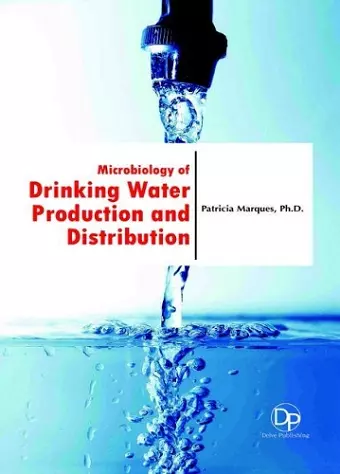Microbiology of Drinking Water Production and Distribution
Format:Hardback
Publisher:Delve Publishing
Published:30th Nov '16
Currently unavailable, our supplier has not provided us a restock date

Although there is no universal method for concentrating all enteric viruses from water, some methods are quite effective for some of the enteric viruses in some types of water. Flowthrough-filter adsorption-elution systems and ultrafiltration methods with anisotropic, polymeric membranes in tangential-flow systems are the best for recovery of small quantities of enterovirus in large volumes of treated or finished water. Virus concentration from water by adsorption to precipitable salts or polyelectrolytes, aqueous polymer two-phase separation, reverse osmosis, hydroextraction, continuous-flow ultracentrifugation, and forced-flow electrophoresis methods can generally be applied only to samples of a few liters. Therefore, they are not suited to recovery of a low number of infectious units of virus from large samples of water.
The principal microbiological contaminants found in drinking water are bacteria, viruses, and pathogenic protozoa. Routine microbiological monitoring of water supplies is primarily based on tests for coliforms. These organisms have been used successfully for indicating contamination and treatment failures, but may need supplementing with other organisms to further improve confidence in water supply hygiene. Novel techniques may greatly alter the water microbiology laboratory. Microbiological contaminants, such as fungi and algae, do not seem to be important causes of waterborne disease, although they are sometimes associated with undesirable tastes and odors. This book entitled Microbiology of Drinking Water Production and Distribution presents the public health facets of drinking water treatment and distribution. It clarifies the different water treatment processes and their effects on waterborne microbial pathogens and parasites. It highlights several methodologies to gauge the bacterial growth potential in water distribution systems.
Microbiology of Drinking Water Production and Distribution starts by introducing the new standards for drinking water and other public health aspects of drinking water treatment and distribution (Section 1). Section 2 and 3 talk about the microbiology of drinking water. Section 4 gives some examples of the different water disinfection and treatment processes, and their impacts on waterborne microbial pathogens and parasites. Drinking water quality may be degraded in water distribution systems—microorganisms form biofilms within distribution systems that allow them to flourish (Section 5). The monitoring and stability of drinking water biology is addressed on Section 6. Very few studies are available about bioterrorism on drinking water. So Section 7 reviews the general biosurveillance in which...
ISBN: 9781680958294
Dimensions: unknown
Weight: unknown
456 pages